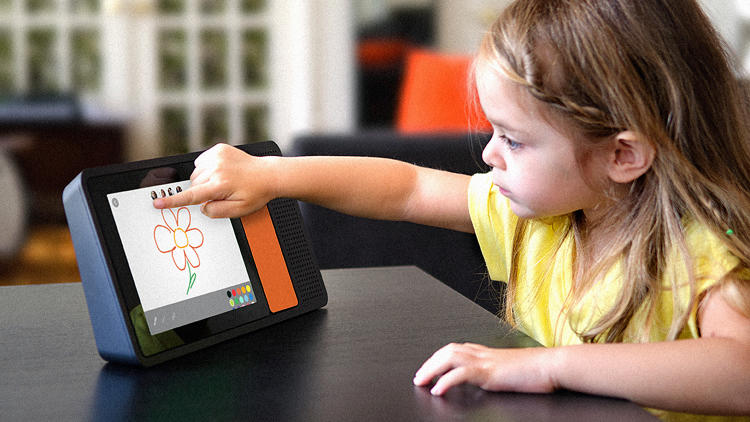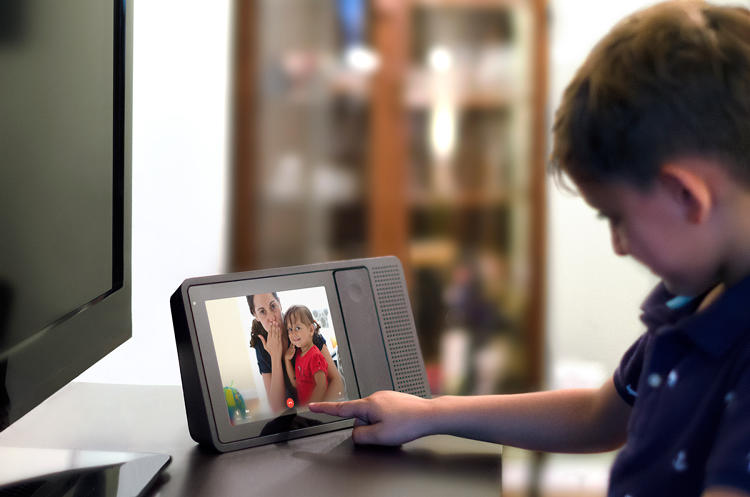Does The Landline Telephone Need An Heir In The Modern Age?
Ily, a gadget that makes it easy for families to stay in touch, may signal how technology will develop in the Internet of Everything.
In the headlong rush toward the smartphone era, we’ve quietly abandoned communal gadgets like the landline and adopted personal devices that weren’t designed to be shared. Tablets, laptops, cell phones, even TVs. Where there used to be channels that everyone consumed, there are now user profiles, tuned to personal whim. Is that a problem? Maybe.
“Even with Netflix you have your own zone. So everything is tailored to the individual,” says Jon Marshall, chief designer at MAP, which designed Ily, a gadget launching today for $199. “We feel there is a hunger for devices that are shared, that can be touched.” The company that invented the Ily, Insensi, has dubbed it the first “family phone”—that is, it’s not a cell phone, but rather a shared gadget meant to make it easy for families to stay in touch. In researching the use-cases for the phone, MAP focused on kids under 12, who don’t yet have their own cell phones, and grandparents, who are all less likely to be smartphone-savvy. The question then became, how do you bridge two generations, standing across the smartphone divide?
Ily’s utility lies in its simplicity. It doesn’t do a ton of things; instead, it attempts to do a few well. Looking like a propped up smartphone, it has a touchscreen filled with pictures of your family members. You tap their headshots to call them. Once you’re connected, and if the person on the other line has an Ily as well, you can video conference, exchange drawings, or send messages. There are also iOS and Android apps on the device, so that you can message smartphones as well. The Ily can, of course, also serve like a landline of yore, operating over WiFi. From an industrial design perspective, perhaps the two cleverest details are the way you can adjust the sitting angle of the gadget, so that it can be placed on a bookshelf or a kitchen counter, and how the handset can be popped out of the body. The latter isn’t strictly necessary, since the Ily has a conference-quality speakerphone. It’s there more as a symbolic tether, telling grandparents, this is a phone.




You can think of Ily as something akin to Facebook messenger, in physical form—except that it’s designed not as a personal device, but one that everyone in the family uses, perhaps even at the same time. Which itself could be a useful idea, in the era of the smart home. One of the failings of many smart home solutions is that they’re too beholden to the cell phone ideal of being a “hub” for your entire life. By contrast, the most successful smart home gadgets, such as the Nest or Drop Cam or Canary or August, are more like familiar devices with super powers. That is, they don’t try to do things we’re not used to, they try to do things we’ve done for years, just better.
Point being, we typically don’t like adopting entirely new gadgets. Instead, we bootstrap toward greater functionality and interconnectivity, building upon or knowledge of the gadgets that we’re already used to. And so while Ily seems like a step back from the cell phone, perhaps it’s a telling sign of the way technology will develop, in the coming era of the internet of everything.
Fast Company , Read Full Story
(194)












